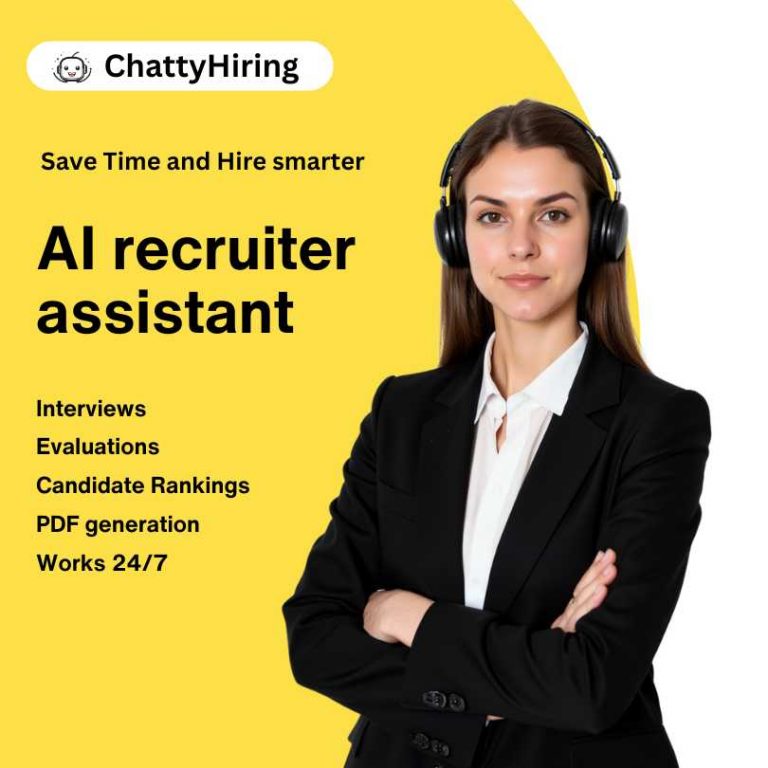Introduction
The history of AI (Artificial Intelligence) dates back over 50 years, and it is undeniably fascinating. AI has evolved to become an integral part of modern life, and the current AI solutions are driving revolutionary changes in industries. However, beneath this extraordinary progress lies a captivating history, enriched by influential pioneers and groundbreaking innovations.
Let’s take a look at some of the key milestones of AI history, from its humble beginnings with Alan Turing to the cutting-edge language model Chatgpt.
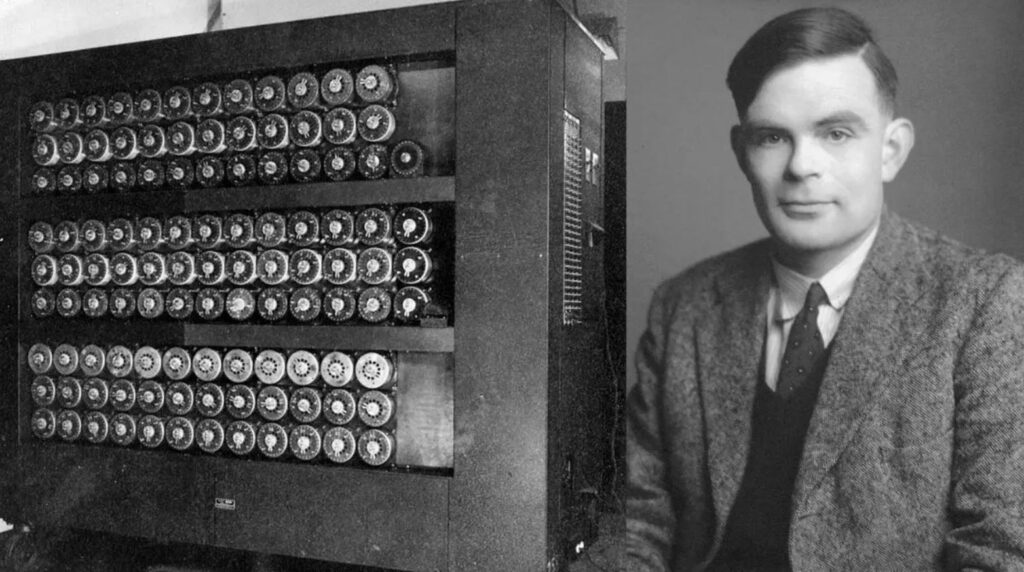
Alan Turing (1950) – Laying the Foundation
A visionary’s Turing test
In 1950, the visionary British mathematician Alan Turing proposed what would become a fundamental concept in AI: the Turing Test. He suggested that a machine could be considered intelligent if it could engage in a conversation with a human in a manner indistinguishable from that of another human. This idea sparked the exploration of creating intelligent machines capable of human-like interactions, laying the foundation for the field of AI.
The Turing machine
Before his work on AI, Turing devised the concept of the Turing Machine. This was a theoretical model representing a general-purpose computer capable of performing any computation that could be described by an algorithm. This concept became the blueprint for modern digital computers and set the stage for the development of AI technologies.
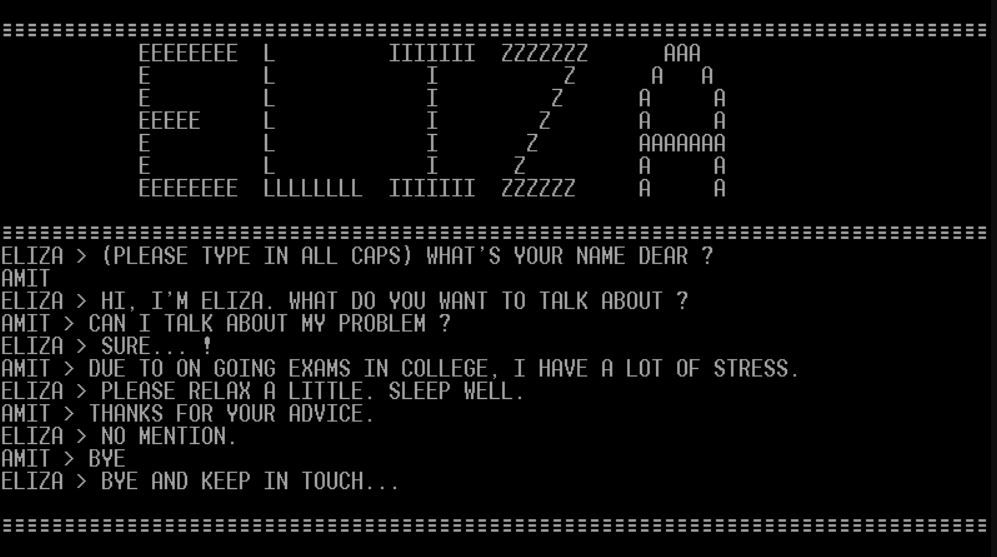
Eliza (1960) – The first chatbot
Conversations with a machine
In the early 1960s, MIT scientist Joseph Weizenbaum developed Eliza, the world’s first chatbot. Eliza was a natural language processing program designed to mimic a Rogerian psychotherapist. Despite its simple rule-based structure, Eliza could engage users in text-based conversations that resembled talking to a human therapist. This pioneering chatbot stirred significant interest in AI’s potential. Human-like interactions were born with future chatbot developments.
Understanding natural language
Eliza’s ability to understand and respond to natural language was a significant breakthrough. By analyzing user input and generating contextually appropriate responses, it demonstrated AI’s potential for handling complex language processing tasks. Although Eliza’s responses were scripted and lacked true understanding, it marked the beginning of AI’s exploration into natural language interactions.
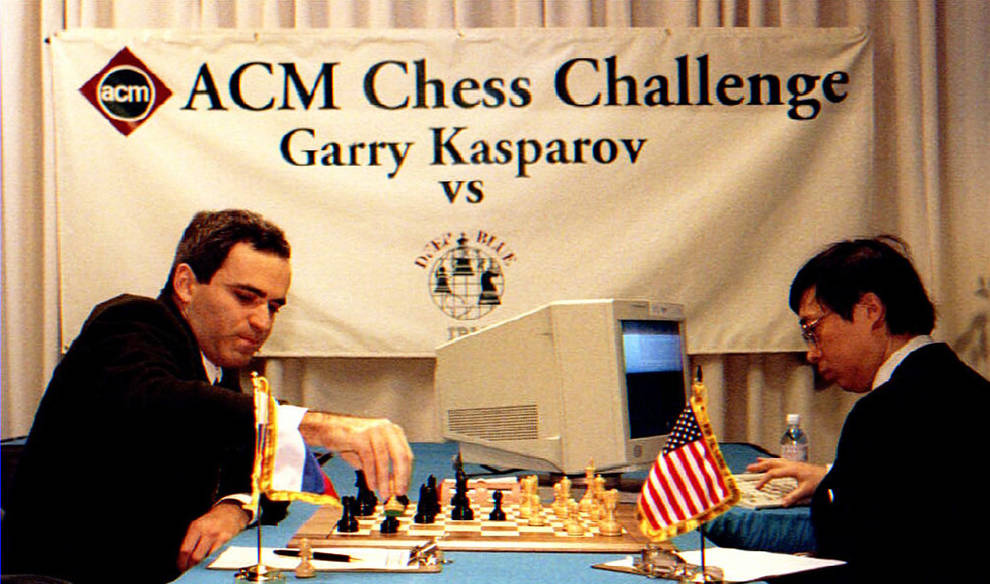
Deep Blue (1997) – Defeating the chess grandmaster
A chess-playing marvel
In 1997, IBM’s Deep Blue achieved a historic milestone by defeating Garry Kasparov, the reigning world chess champion at the time. Deep Blue was a supercomputer designed specifically for playing chess, armed with powerful algorithms and an extensive database of possible moves. Its victory against Kasparov showcased AI’s ability to excel in complex strategic games. Deep Blue demonstrated that machines could outperform humans in certain intellectual tasks.
The power of machine learning
Deep Blue’s success was not solely based on brute-force computation. It incorporated elements of machine learning, enabling the system to learn from past games and refine its strategies accordingly. This combination of computational power and machine learning algorithms marked a significant advancement in AI’s capabilities.
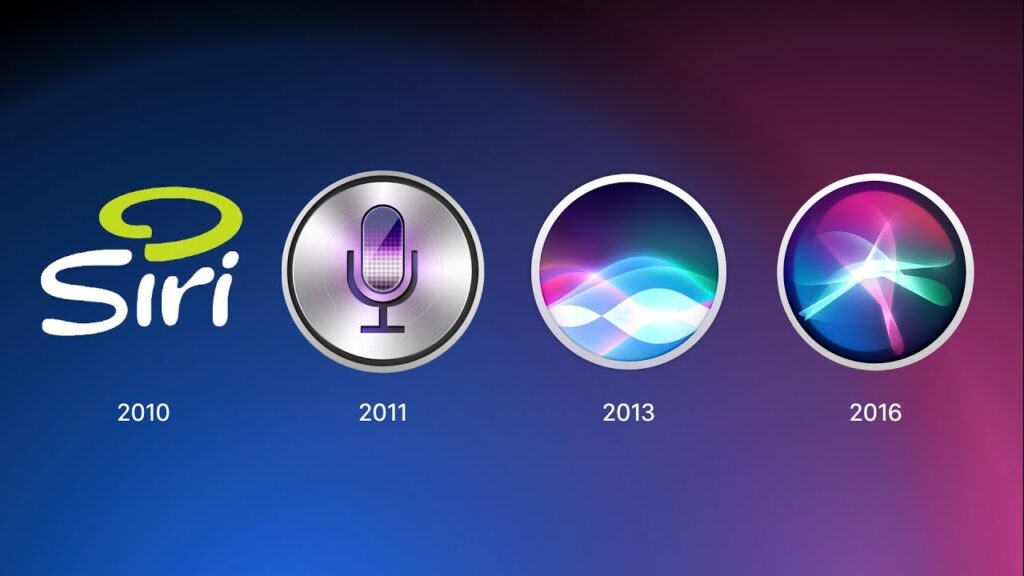
Siri (2010) – The rise of personal assistants
“Hey Siri, what’s the weather today?”
In 2010, Apple introduced Siri, a virtual assistant integrated into its iOS devices. Siri utilized natural language processing and machine learning to understand and respond to user queries. Users could interact with Siri by speaking to their iPhones or iPads, making technology more accessible and user-friendly. Siri’s launch marked a turning point in the widespread adoption of AI-powered personal assistants.
Natural language understanding
Siri’s success hinged on its natural language understanding capabilities. The system could interpret and process users’ spoken commands, extracting meaning from their queries, and delivering relevant responses. This breakthrough in natural language processing opened the door to a wide range of applications, from voice-controlled smart devices to voice search and personalized recommendations.

AlphaGO (2016) – Triumph in the game of Go
Conquering an ancient game
In 2016, DeepMind’s AlphaGO achieved a groundbreaking victory by defeating the world champion Go player, Lee Sedol. Go is an ancient board game with a vast number of possible moves, making it an immensely complex challenge for AI. Alphago’s triumph demonstrated AI’s ability to tackle intricate decision-making tasks. It marked a significant milestone in AI’s journey.
Reinforcement learning and neural networks
AlphaGO’s success was attributed to its use of reinforcement learning and deep neural networks. The system learned from millions of Go games to improve its strategy and decision-making capabilities continually. This combination of deep learning algorithms and reinforcement learning techniques enabled Alphago to outperform human players. This has been a complete revolution in the AI potential of strategic gaming and beyond.

Chatgpt (2020) – advancing language understanding
A giant leap in language models
In 2020, OpenAI unveiled Chatgpt, the language model based on the GPT-3 architecture. OpenAI, a research laboratory founded in 2015, released one of the most significant AI democratization steps in the history of AI. Chatgpt represents a significant milestone in natural language processing, boasting the ability to generate human-like text responses and engage in context-rich conversations.
Versatile language generation
Chatgpt’s versatility and natural language capabilities have expanded AI’s potential in various fields:
- It can write code
- Draft emails
- Generate creative content
- Hold interactive conversations
- Collect customer feedback.
- Explore new ideas
- Host a debate
- …and many other new applications
The model’s ability to understand context and produce coherent and contextually appropriate responses has opened up new possibilities for AI in content generation, customer support, and personalized experiences.
Conclusion
The history of AI is a captivating narrative of human ingenuity, exploration, and progress. From Alan Turing’s pioneering concepts to the cutting-edge AI language model Chatgpt, each milestone has driven the field forward, expanding the boundaries of what AI can achieve.
As professionals with an interest in AI, understanding this rich history equips us with insights into the past achievements and sets the stage for an exciting future. AI’s potential continues to grow, and with each advancement, we move closer to a world where AI and human intelligence collaborate to create new possibilities and shape a better tomorrow.
-

A passionate advocate for the future of HR innovation. With expertise in leveraging AI to revolutionize recruitment processes, Carlos has a clear vision: empower HR teams while creating meaningful candidate experiences.
View all posts





